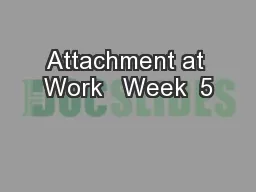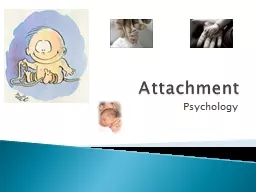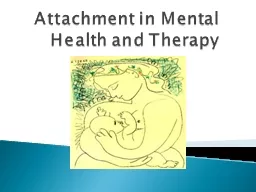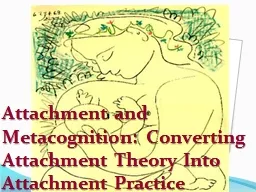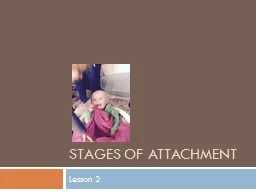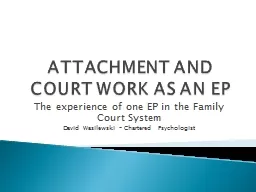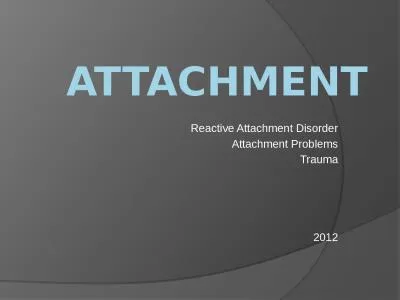PPT-Attachment at Work Week 5
Author : marina-yarberry | Published Date : 2018-03-12
Attachment Styles at Work Research Article Burnout Research Journal Volume 2 Issue 1 March 2015 Pages 2535 open access Attachment styles at work Measurement collegial
Presentation Embed Code
Download Presentation
Download Presentation The PPT/PDF document "Attachment at Work Week 5" is the property of its rightful owner. Permission is granted to download and print the materials on this website for personal, non-commercial use only, and to display it on your personal computer provided you do not modify the materials and that you retain all copyright notices contained in the materials. By downloading content from our website, you accept the terms of this agreement.
Attachment at Work Week 5: Transcript
Download Rules Of Document
"Attachment at Work Week 5"The content belongs to its owner. You may download and print it for personal use, without modification, and keep all copyright notices. By downloading, you agree to these terms.
Related Documents

